A fun little project to try is creating bokeh with some simple items at home. Here’s how to get started.
What is bokeh?
Apparently, bokeh is a word with Japanese origins, defined as “the way the lens renders out-of-focus points of light.” The word comes from the Japanese word boke, which means “haze” or “blur.” (The “h” was introduced to help English speakers pronounce the word correctly [BO – KEH].)
But it is fairly easy to create your own cool bokeh effects with some lights. Either Christmas-type fairy lights or the little LEDs on a copper wire are terrific too.
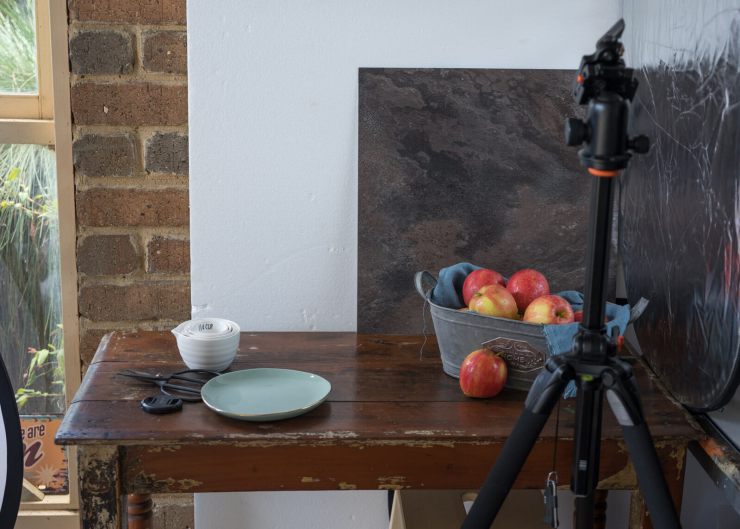
How to capture bokeh?
I set my scene up on a table and pulled away from direct sunlight. I did add a silver reflector to bounce some indirect light onto my subject. I had my camera set up on a tripod, to free my hands up.
Capturing bokeh is fairly easy, especially if it’s a little on the dark side in your shooting area. I used my 50mm macro, but you could use pretty much any lens. I used a wide-open aperture of f/2.8. For total bokeh, you could shoot completely out of focus. Great for light overlays in Photoshop or Luminar Neo.
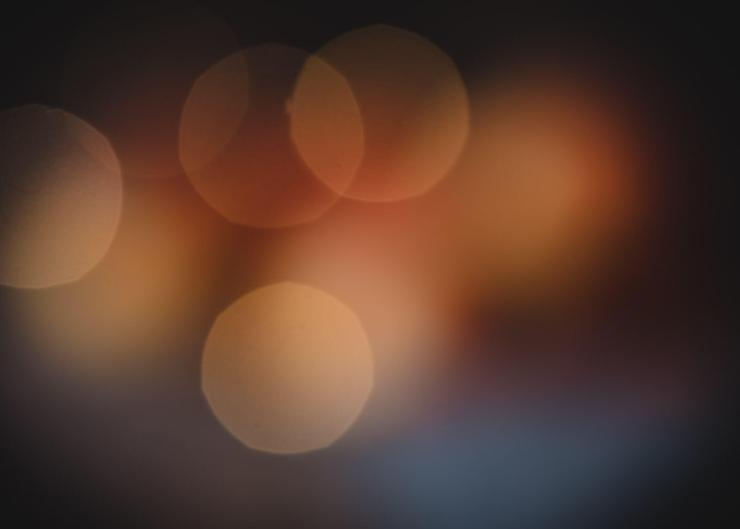
Or you can just attempt a light bokeh. The distance your camera is from the subject, the focal length of your lens and the distance the lights from your subject, will make a big difference. How big your lights are, your aperture and how bright or dark your scene is will also impact the bokeh effect. Experiment and see which effect you like best. A wide-open aperture like f/2.8 will give you better bokeh than a small aperture like f/16.
.mgl-tiles { display: none; } #mgl-gallery-634d6aa1a2432 { margin: -5px; width: calc(100% + 10px); } #mgl-gallery-634d6aa1a2432 .mgl-box { padding: 5px; } @media screen and (max-width: 768px) { #mgl-gallery-634d6aa1a2432 { margin: -5px; width: calc(100% + 10px); } #mgl-gallery-634d6aa1a2432 .mgl-box { padding: 5px; } } @media screen and (max-width: 460px) { #mgl-gallery-634d6aa1a2432 { margin: -5px; width: calc(100% + 10px); } #mgl-gallery-634d6aa1a2432 .mgl-box { padding: 5px; } }
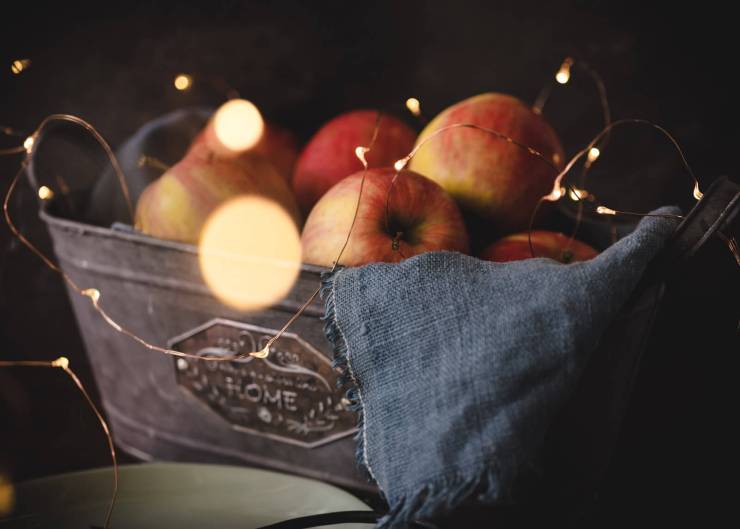
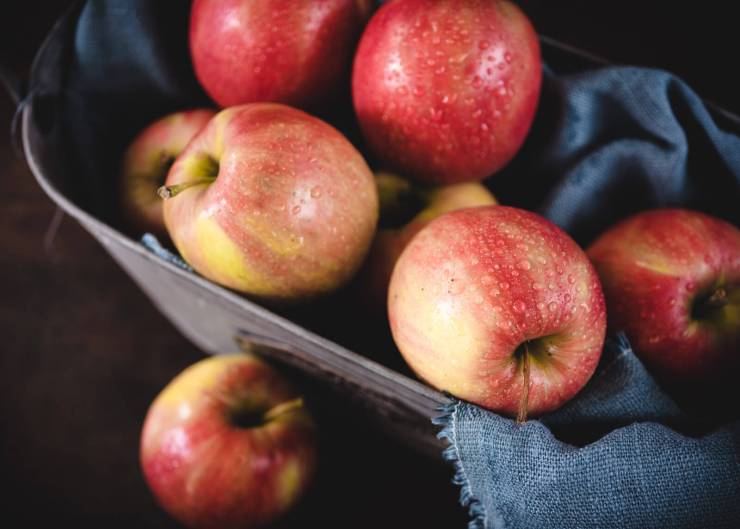
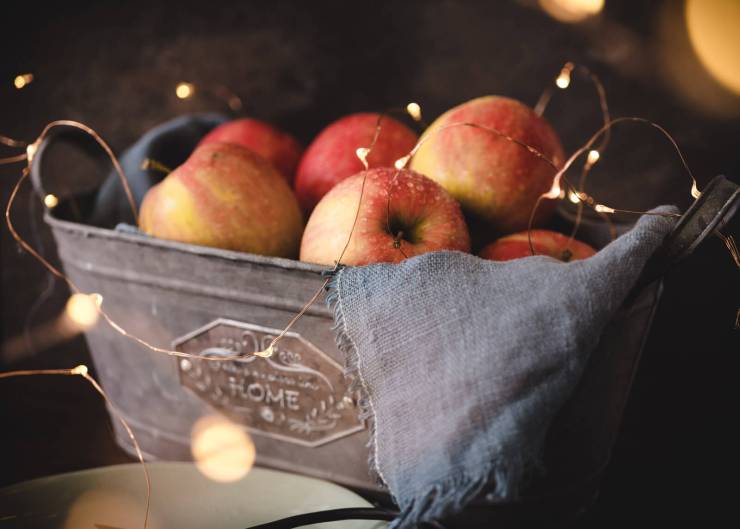
Get crafty
This can be done with portraits, products or macro shots too. If using copper wire as I did, try running a length from your subject to the lens. The closer to the lens, the more blurred it will become. Remember, slow down and enjoy the process.
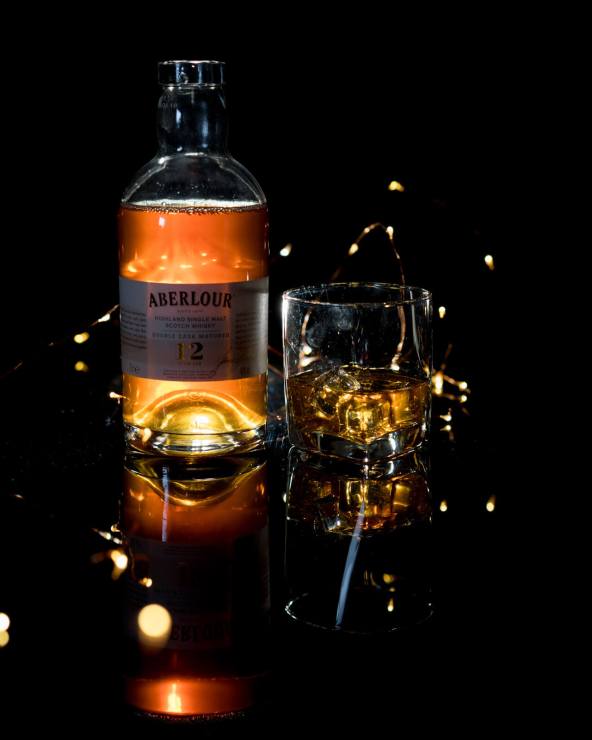
Tell your story with the second annual Visual Storytelling Conference!
Experience four days of interactive, online training sessions featuring a range of educational content with experienced photographers and content creators. This free event kicks off with a series of technical boot camps to build essential skills, followed by live, online sessions on photography, video, business and social media. Join live from March 10-13, 2022!
